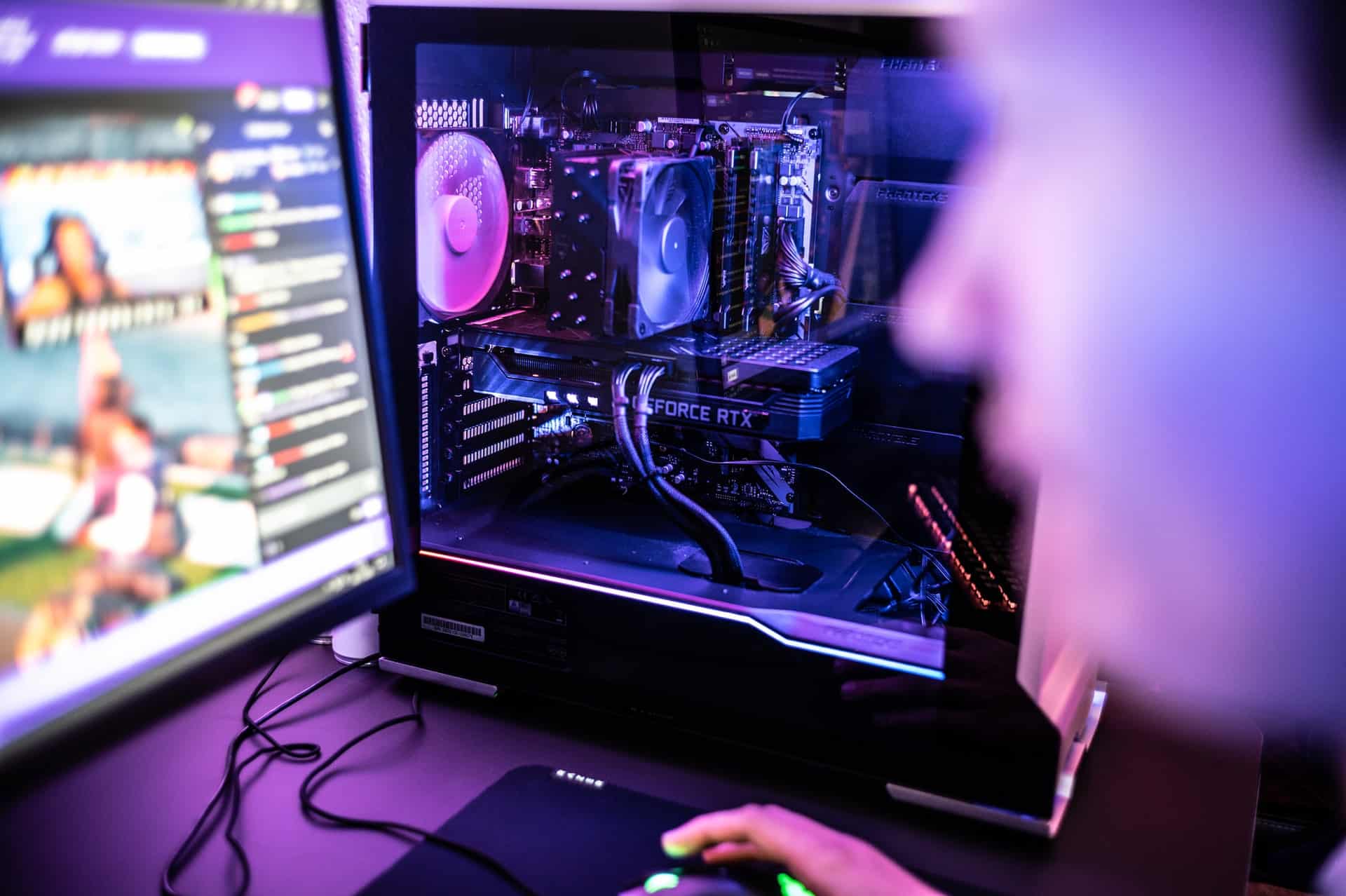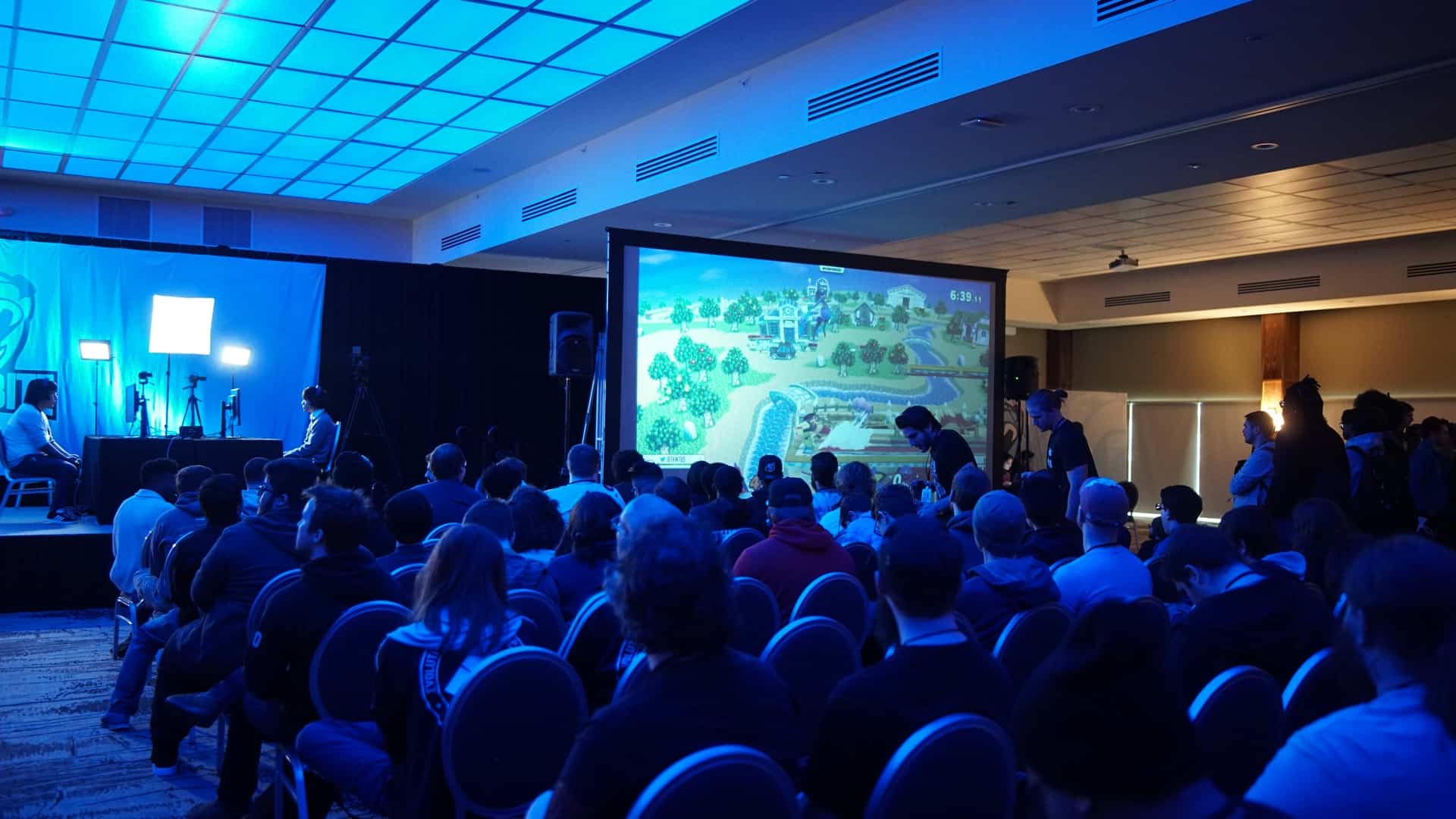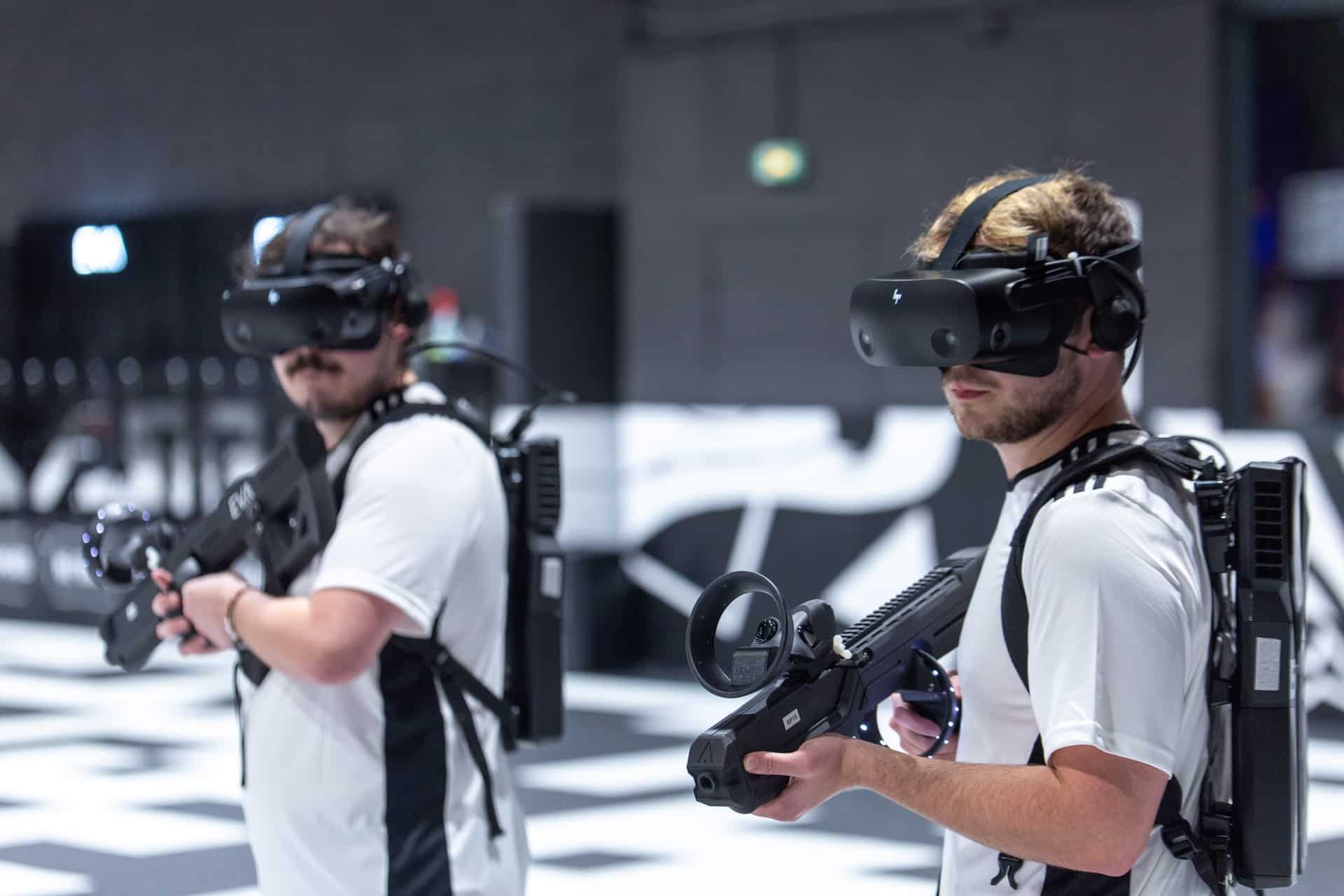Our Video Gaming Industry Analysis looks into the environmental analysis of the video gaming industry that shed a slight using the porters five model and gane didf f insight about the world and the about the world enough and while you cannot go and then gfo and find the one and only world
The topic for today's article is very close to my heart, and I am sure all of you guys reading this will find this article very exciting and relatable.
I have been connected with the video gaming industry since my childhood. I still remember when I played the first video game of my life on a gaming machine that used to function when a coin was inserted. The experience was unmatched.
After that, CDs came, and life got a lot easier because now you could just buy CDs of video games and play different games on your own computer.
The video gaming industry continued to evolve and innovate. Soon gaming consoles were introduced into the market, which was a treat for gamers across the globe.
Since the video gaming industry has played an integral part in the lives of billions of people, today, we have decided to conduct Video Gaming Industry Analysis.

Before we proceed and conduct the video gaming industry analysis, let's look at the history of the video gaming industry.
In the late 1960s, developers had started experimenting in labs to develop the first video game console and video game. However, in 1972, the first video gaming home console came out called Magnavox Odyssey.
In the same year, a sensation shook the entire video gaming industry. It was the first arcade video game, Atari's Pong. Pong became the heartthrob of gamers since people had never experienced anything like this before.
After the first two significant developments in the video gaming industry in 1972, the industry began to flourish as new video games and consoles kept hitting the market.
The consumer base of the video gaming industry kept increasing, and the increasing demand for video games was fulfilled by gaming shops with several gaming systems installed.
In 50 years, the video gaming industry grew and evolved enormously. Currently, the video gaming industry is worth $201 billion. Furthermore, it is predicted to grow at 12% yearly and reach a market size of $435 by 2028.
Besides that, the video gaming industry plays a significant role in providing employment across the globe. Alone in the US, the video gaming industry provides employment close to 0.3 million people.
Although there are many shareholders in the video gaming industry, some of the key players in the industry are Sony, Microsoft, and Nintendo. Sony is the leading company in the video gaming industry regarding revenue. Sony generates $24.9 billion by selling gaming-related services and accessories.
Since we have gotten enough insight into the video gaming industry, let's proceed further to carry out the video gaming industry analysis.
An industry analysis consists of three parts. First, it is essential to construct the life cycle of an industry. Then, after that, competition in the industry is assessed through Porter's five forces model. Then finally, an environmental analysis of the industry is done to get know-how about the industry's environment.

Video Gaming Industry Life Cycle
The life cycle of an industry consists of five stages. The startup stage is the first stage of the life cycle. After this stage, an industry goes through the growth stage. The growth stage then leads to the shakeout stage, and then finally, maturity and decline stages are observed.
Let's proceed further and construct the life cycle of the video gaming industry to fulfill the first step toward the video gaming industry analysis.
Startup Stage
The startup stage is the first stage of the Industry life cycle. At this stage, only a few companies exist in the industry. Due to the limited number of companies in the industry, hardly any competition exists in the industry. The existing companies make strategies to attract customers since the consumers are yet aware of the new industry.
The video gaming industry went through the startup stage around five decades back when the first video gaming console, Magnavox Odyssey, and the first arcade video game, Pong, came out in 1972. At that time, only a few companies existed in the industry, such as Magnavox and Atari.
Growth Stage
Grow stage is the second stage of the industry life cycle. In the growth stage, the competition level increases since more companies are now competing in the industry with innovative products. In addition, the consumer base is constantly increasing in the growth stage, resulting in vast sums of profits for the companies in the industry.
The video gaming industry entered the growth stage in the late 70s when dozens of video games and new types of innovative gaming consoles started entering the market. Some of the hot games that were introduced back then were Pac-Man, Donkey Kong, and Mario.
Shakeout Stage
After the growth stage, the industry settles down a bit when it enters the shakeout stage. In this stage, less financially strong and less innovative companies are forced out of the industry due to market saturation.
The video gaming industry experienced the shakeout stage in 1983 when it crashed, severely forcing many newbies out of the industry. The market had crashed due to excess competition and lower quality products floating all over the market.
Maturity Stage
This stage of the life cycle reflects the maturity of the industry. The industry doesn't experience much growth at this stage because it is already experiencing its peak. In the maturity stage, companies try to innovate to gain market share since it gets more challenging for them to grow.
The video gaming industry is currently at its peak after new technologies such as VR have hit the market. Moreover, the industry has almost reached the stage of maturity. Still, due to constant innovation and the latest technological developments, the industry is observing growth.
Decline Stage
This is the last stage of the life cycle. In this stage, the industry's market share starts to shrink as consumers lose interest in the industry. Since financial losses are experienced by the companies, they begin to exit the industry.
The video gaming industry hasn't entered the decline stage yet because of the innovation and latest technological developments. The industry is currently growing and is expected to grow at 12% by 2028.

Assessing the Competition: Porter's Five Forces Model
After constructing the life cycle of the video gaming industry, let's now assess the competition in the video gaming industry.
Porter's five forces model is used to assess the competition in an industry. It has five factors that help in determining the competition in an industry.
Competitive Rivalry
Competitive rivalry is the first factor of Porter's five-factor model. This factor will highlight the competition that exists within the video gaming industry.
The level of competition in the video gaming industry is pretty high since many companies exist in the industry, applying innovative techniques to increase their market share. Moreover, the cost incurred to buyers of switching brands is very low, due to which buyers can easily switch to the seller providing cheaper and better quality products.
Supplier Power
Supplier power indicates the strength of suppliers to influence the market price. Suppliers tend to have high power in the market if there are fewer suppliers or if suppliers are supplying something incredibly unique.
Since the number of suppliers in the industry is high, suppliers don't have much power to alter the prices in the market. For example, some of the top suppliers in the video gaming industry are Nintendo, Rockstar, Sony, Microsoft, etc.
Buyer Power
This factor of Porter's five forces model takes a dig into the power buyers in the industry possess.
Buyers in the video gaming industry have limited power since the number of buyers is very high. In 2020, there were 2.69 billion gamers in the market, which is predicted to grow higher in the coming years.
Threat of Substitution
This factor highlights the level of threat that persists for the companies in an industry of getting substituted. Companies are substituted if there are better substitutes available in the market.
The threat of substitution is very high in the video gaming industry since innovation helps rival companies to offer better quality video games. For example, Sony spent 27.5% of its revenue on R&D in 2020.
Threats of New Entry
This is the fifth and the last factor of Porter's five-factor model. This factor investigates the level of threat that already existing companies face from new entering companies.
The threat of new entrants faced by companies is high because now, in the age of social media, you never know what game will become an instant hit. For example, some years back, the Angry Birds video game became a new sensation. Therefore, such new entrants always have the potential to enter the market and get all the attention.

Environmental Analysis
This is the last section of the industry analysis. In this section, we will discuss how internal and external factors affect the operations of companies operating in an industry. For that, we will use two essential business tools, SWOT and PESTLE analysis.
PESTLE Analysis
This is a business tool used to highlight the external factors that impact the operations of companies working in the industry. This section will highlight the external factors influencing companies' operations in the video gaming industry.
Political Factors
Due to political conflicts between countries, governments might ban the imports of gaming accessories and video games from a specific country. Such political factors can really affect the operations of companies operating in the video gaming industry.
Economic Factors
The global recession risk is increasing daily due to the post-COVID-19 impacts and the Russia-Ukraine war. If the world is hit by a recession, people's living standards will go down. Hence, the demand for video games will go down. This will be really damaging for the companies in the video gaming industry since their revenue will decrease.
Social Factors
Over the years, the trends have changed in the video gaming industry. For example, the number of female video gaming consumers in the US has increased over the years. Such changing demography of the video gaming industry will impact the companies developing video games.
Technological Factors
As the world is getting technologically equipped daily, opportunities are also increasing for companies operating in the video gaming industry. Through innovation and advanced technology, companies can increase their consumer base and profits.
Legal Factors
Different laws and policies exist in different countries. Countries having strict laws regarding violence and explicit content can ban many video games. This will cut the revenues of many video gaming companies and damage the industry overall.
Environmental Factors
Environmentalists have criticized the video gaming industry since it plays a significant role in carbon emissions. In the US only, each year, gamers consume around 34 terawatt-hours of energy. To make this energy, fossil fuels are burnt, and carbon emissions occur.
As the market video gaming industry is increasing in the coming years, bans or penalties can be imposed on the industry.

SWOT Analysis
Similar to the PESTLE analysis, SWOT analysis is also a business tool that highlights the strengths, opportunities, weaknesses and threats faced by a company working in the industry.
Strengths
The vast customer base is the strength of the companies operating in the video gaming industry. There are around 2.6 billion gamers all over the globe, and the number is expected to grow in the coming years.
Weaknesses
In the video gaming industry, companies have to undergo high competition. This keeps the operating companies on their toes, and they have to spend a large portion of their revenues on R&D to stay ahead of their rivals.
Opportunities
Latest technology like VR and advanced graphics in the video gaming industry is an opportunity for companies to increase their customer base by using such innovative technologies.
Threats
A global recession poses a threat to the video gaming industry and the companies in it since a recession will decrease people's standard of living. Hence, the demand for video games can drop massively, resulting in heavy losses.

Video Gaming Industry Analysis: Final Word
Since we are at the end of this article, let's look at what we have covered. So, we started this article by discussing the history of the video gaming industry and how big it has gotten over the years.
Then we started conducting the video games industry analysis. For that, first, we constructed the life cycle of the video game industry. Then, we assessed the level of competition in the video gaming industry, and in the end, we conducted an environmental analysis of the video gaming industry.
After all, we are finally done with the video gaming industry analysis. Nevertheless, we hope that you'll find this article very interesting!


